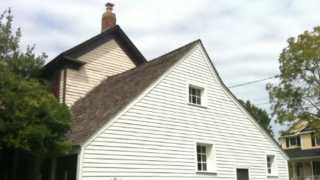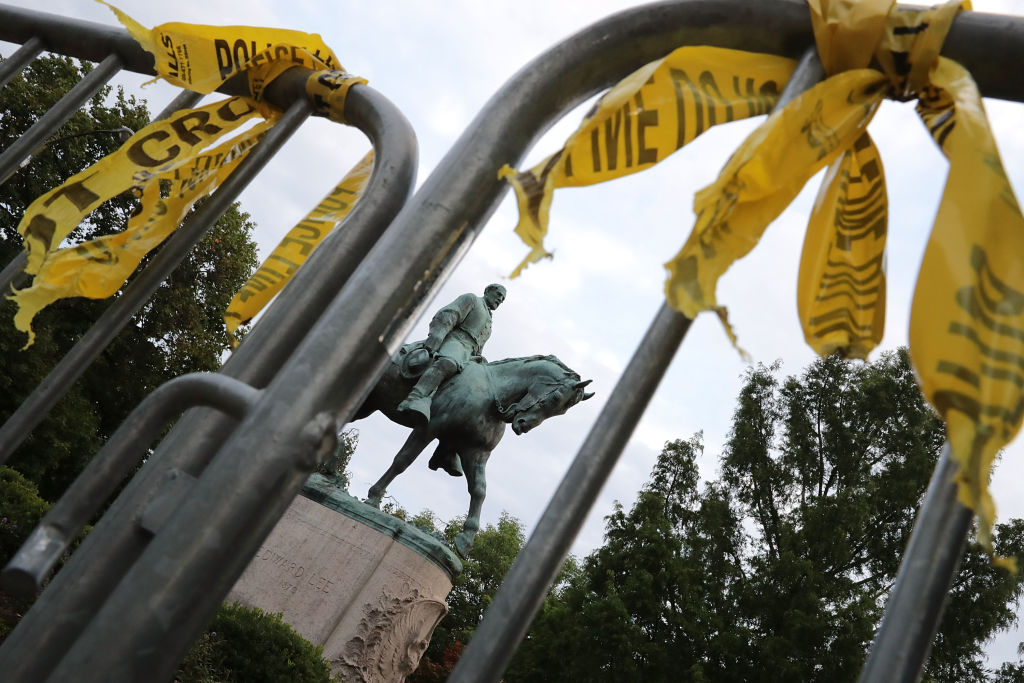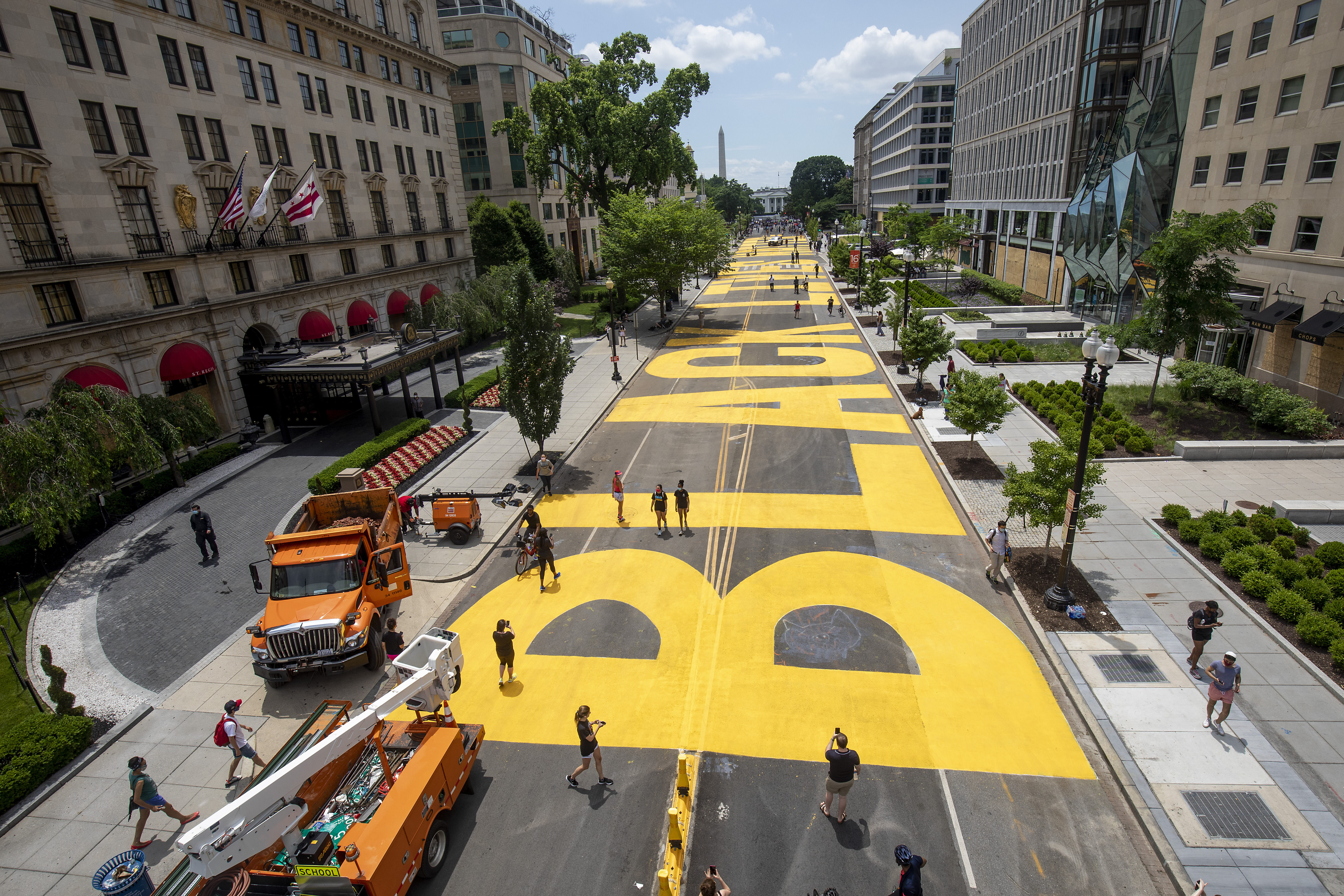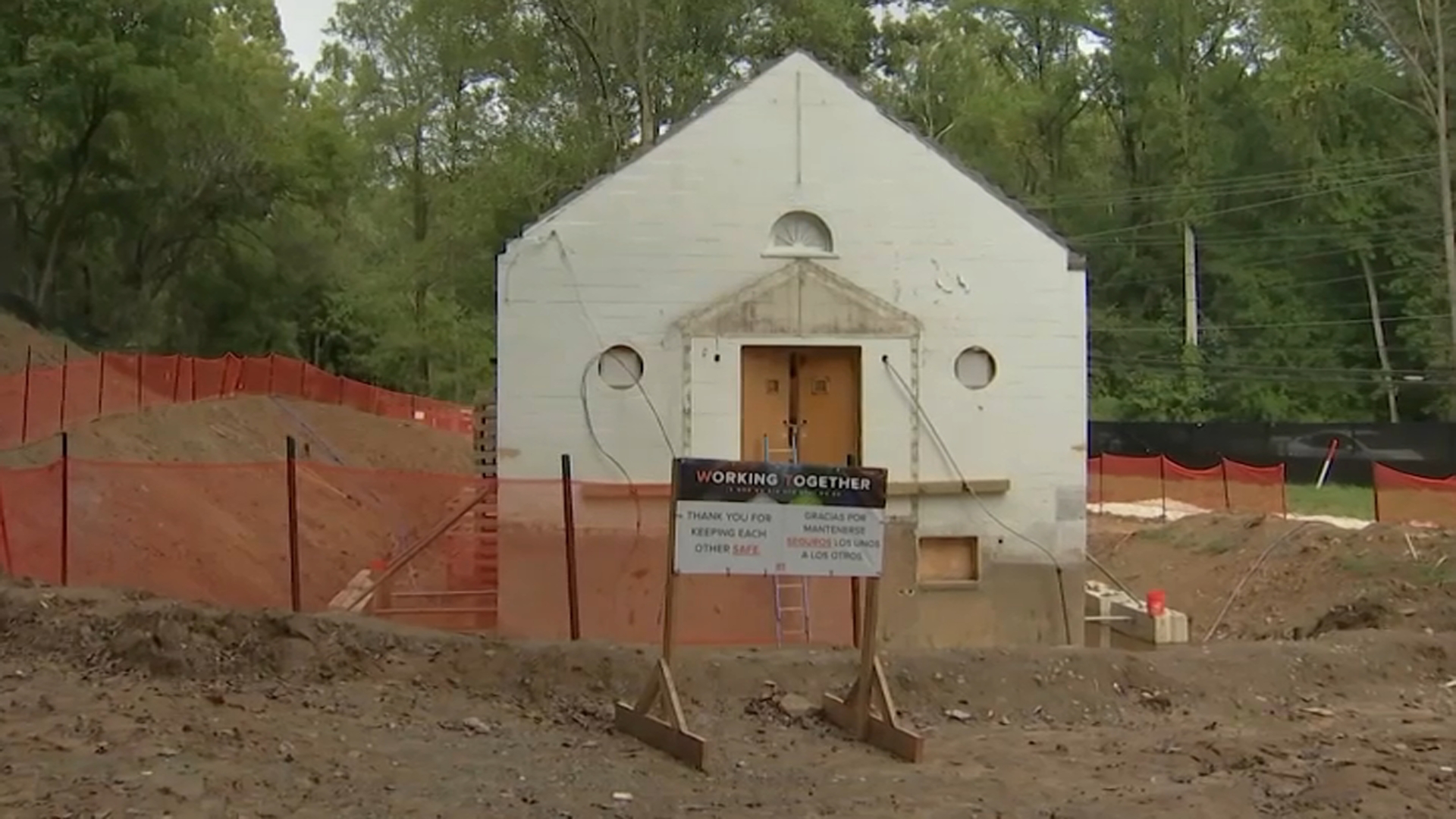
Three people, enslaved in the 1800s at the oldest house still standing in Arlington, were honored Saturday with bronze markers dedicated in their memories.
The Black Heritage Museum of Arlington and the Arlington Historical Society dedicated the three "stumbling stones" at a Saturday morning event.
The bronze stumbling stones make the Ball-Sellers house, that oldest house in Arlington, the first property in the Virginia county to have a commemorative marker to the enslaved.
It's part of the two organizations' joint "Memorializing the Enslaved in Arlington, 1669-1895" project. That project is dedicated to "recovering historical truths and restoring the humanity of enslaved individuals," according to a statement on the Museum's website.
We've got the news you need to know to start your day. Sign up for the First & 4Most morning newsletter — delivered to your inbox daily. Sign up here.
The Arlington Historical Society owns and operates the Ball-Sellers House as a free museum. The house was once owned by the Carlin family, who moved into the house in 1772 and stayed in the home for over 100 years.
During that century-long period, at least three people were enslaved by the Carlin family and worked in the house, the Black Heritage Museum says. Little is known about them:
- Nancy, an enslaved woman, was born around 1775 and died sometime between 1835 and 1838.
- An unnamed man was born around 1806. His date of death is unknown.
- Another unnamed man was born in 1844. His date of death is also unknown.
As little information as there is on the three enslaved people who worked in the Ball-Sellers house in the 19th century, it's more information than exists for many others.
"Very few records exist in Arlington that document enslaved individuals and even fewer provide names," the statement reads. "Yet, after two years of research, Memorializing the Enslaved in Arlington has shed light on these early Americans who contributed so much to the agricultural, infrastructural, and cultural development of our county."
The three stumbling blocks dedicated on Saturday are the first in a series "that will be placed around the county," the Black Heritage Museum said.
By adding those markers, the project hopes to restore some of the humanity those enslaved people lost.




